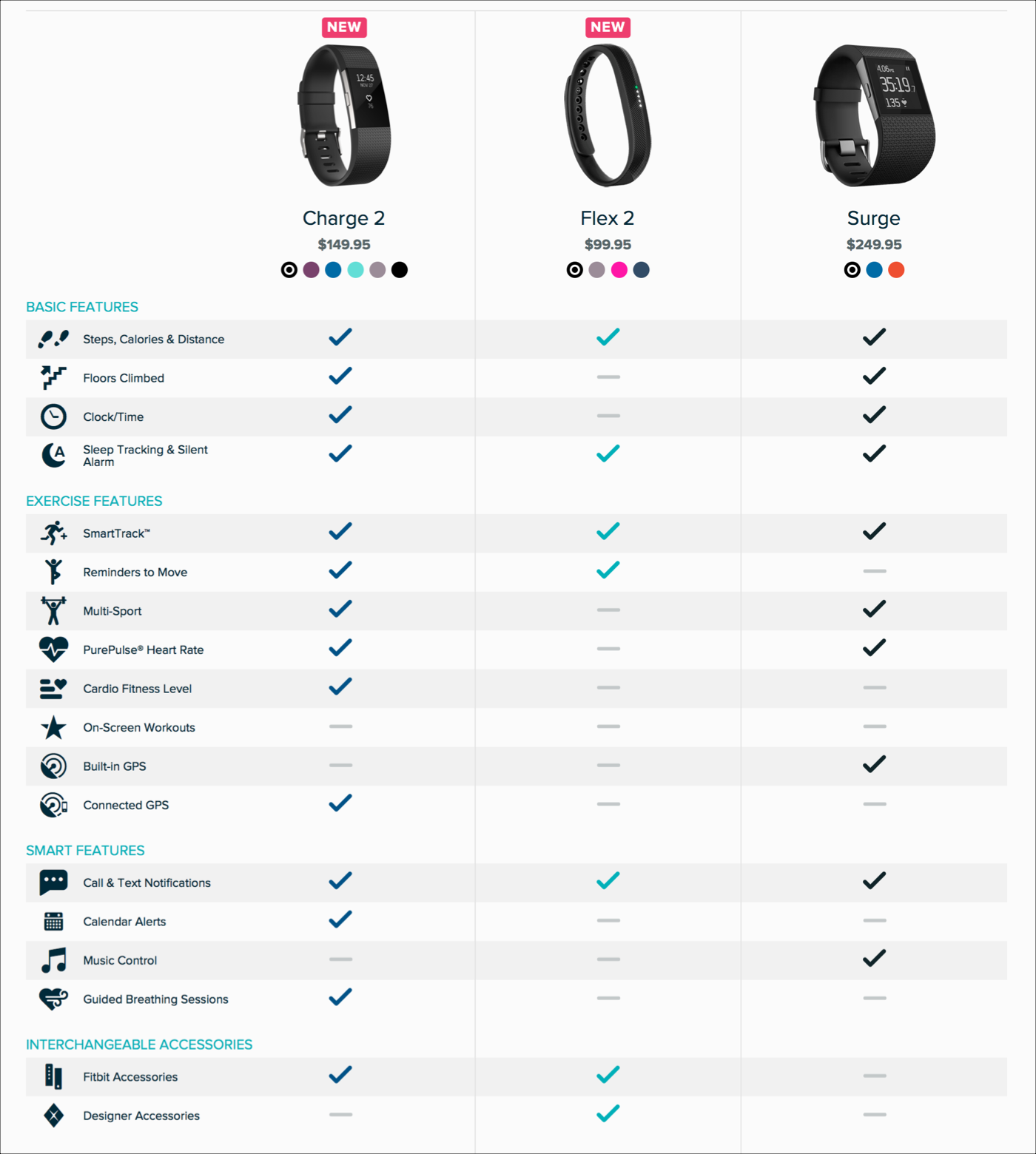As a blogger, you have the power to influence the purchasing decisions of your readers. By writing product comparisons, you can provide valuable information that helps your readers make informed choices while also earning affiliate commissions.
But writing effective product comparisons is easier said than done. In this post, we’ll discuss the key elements of effective product comparisons and provide tips for creating compelling content.
- Choose the Right Products to Compare
The first step in writing effective product comparisons is choosing the right products to compare. You want to choose products that are similar enough to be compared, but different enough to provide value to your readers.
For example, if you run a beauty blog, you might compare two different brands of foundation. Or, if you run a fitness blog, you might compare two different types of running shoes.
- Focus on the Features That Matter
When writing product comparisons, it’s important to focus on the features that matter to your readers. This might include things like price, quality, durability, ease of use, and customer support.
By focusing on the features that matter, you can help your readers make informed choices based on their needs and preferences.
- Provide Honest and Balanced Reviews
Your readers trust you to provide honest and balanced reviews. When writing product comparisons, it’s important to provide both the pros and cons of each product.
Be sure to disclose any biases or affiliations you may have, and always provide honest and objective reviews. This builds trust with your readers and helps them make informed choices.
- Use Visuals to Enhance Your Comparisons
Visuals are a powerful tool for enhancing your product comparisons. By including photos, videos, and infographics, you can provide a more comprehensive look at each product.
Visuals can also help break up the text and make your comparisons more engaging and easy to read.
- Include Calls to Action
Finally, it’s important to include calls to action in your product comparisons. This might include things like links to purchase the products or sign up for a free trial.
By including calls to action, you can increase the likelihood that your readers will make a purchase or try out the products you’re recommending.
Conclusion
Writing effective product comparisons on your blog can be a great way to provide valuable information to your readers while also earning affiliate commissions. By choosing the right products to compare, focusing on the features that matter, providing honest and balanced reviews, using visuals to enhance your comparisons, and including calls to action, you can create compelling content that helps your readers make informed choices.






